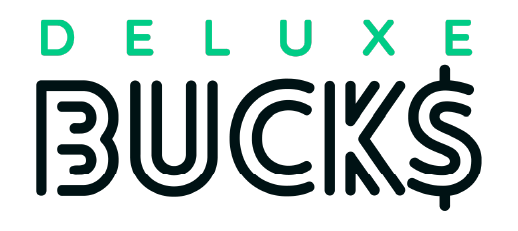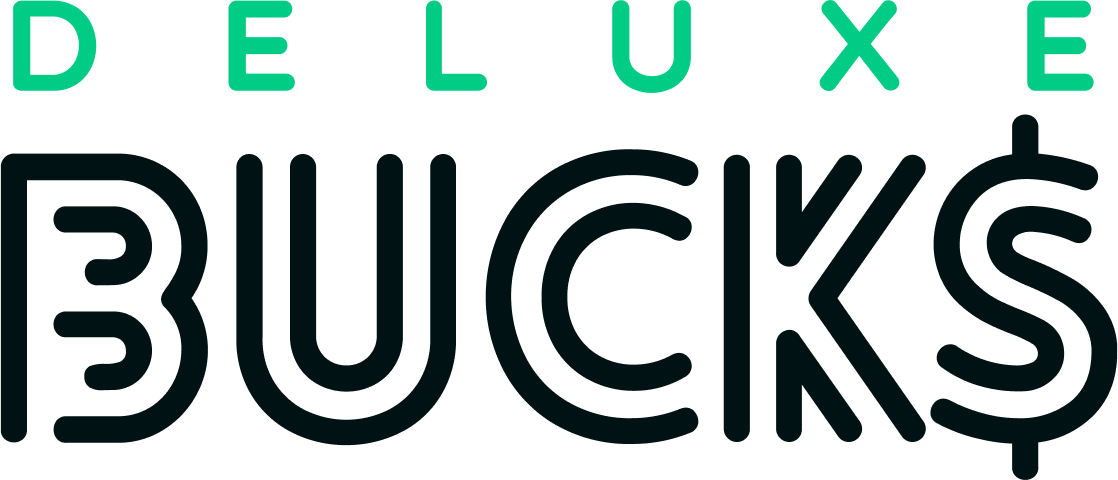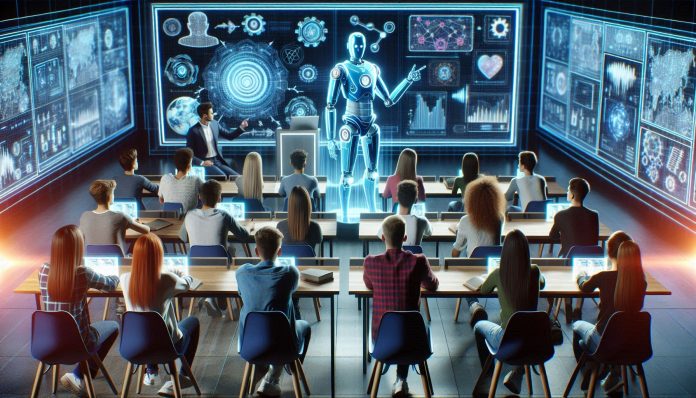The Future of Education: Trends and Innovations
Education is the cornerstone of society, shaping the minds and futures of individuals. As we move further into the 21st century, the landscape of education is evolving rapidly. With technological advancements and innovative teaching methods, the future of education promises to be more dynamic, inclusive, and effective.
Technological Advancements in Education
One of the most significant changes in education is the integration of technology. Artificial Intelligence (AI) and machine learning are revolutionizing how we teach and learn. AI can provide personalized learning experiences, automate administrative tasks, and even predict student performance.
Virtual and augmented reality (VR/AR) are also making their way into classrooms, offering immersive learning experiences. Imagine studying ancient civilizations by virtually walking through historical sites or understanding complex scientific concepts through interactive 3D models.
Personalized Learning
Personalized learning tailors education to meet the individual needs of each student. Adaptive learning technologies use data to adjust the difficulty of tasks based on the learner’s performance. This ensures that students are neither bored with too-easy material nor overwhelmed by too-difficult content.
The benefits of personalized education are immense. It can help close achievement gaps, keep students engaged, and cater to different learning styles and paces.
Online and Remote Learning
The rise of online education platforms has democratized access to education. Platforms like Coursera, edX, and Khan Academy offer courses from top universities and institutions to anyone with an internet connection.
Remote learning became a necessity during the COVID-19 pandemic, highlighting its potential and challenges. While it offers flexibility and accessibility, it also requires robust digital infrastructure and self-discipline from students.
Gamification in Education
Gamification involves incorporating game elements into educational activities to make learning more engaging. Points, badges, leaderboards, and challenges can motivate students and make learning fun.
Examples of gamified learning tools include Duolingo for language learning and Kahoot! for interactive quizzes. These tools have shown that learning can be both effective and enjoyable.
Collaborative Learning Environments
Collaboration is a crucial skill in today’s world. Collaborative learning environments encourage students to work together, share ideas, and solve problems collectively.
Tools like Google Classroom, Microsoft Teams, and Slack facilitate collaboration by allowing students to communicate and work on projects in real-time, regardless of their physical location.
Lifelong Learning and Skill Development
In a rapidly changing world, lifelong learning is essential. Continuous education helps individuals stay relevant in their careers and adapt to new challenges.
Platforms like LinkedIn Learning and Udacity offer courses that focus on skill development and professional growth, ensuring that learning doesn’t stop after formal education.
Inclusive Education
Inclusive education ensures that all students, regardless of their abilities or backgrounds, have access to quality education. Technologies like screen readers, speech-to-text, and adaptive software support students with disabilities.
Policies promoting inclusivity, such as the Individuals with Disabilities Education Act (IDEA) in the US, ensure that educational institutions accommodate diverse learning needs.
Data-Driven Decision Making in Education
Big data is transforming education by providing insights into student performance, learning patterns, and educational outcomes. Data analytics can help educators identify at-risk students, tailor instruction, and improve overall educational strategies.
By leveraging data, schools can make informed decisions that enhance the learning experience and outcomes for students.
Sustainable Education Practices
Sustainability is becoming a priority in education. Sustainable educational practices include using eco-friendly materials, promoting digital textbooks, and incorporating environmental education into the curriculum.
Examples of sustainable initiatives include schools powered by renewable energy and programs that teach students about conservation and sustainability.
Challenges in Modern Education
Despite the advancements, modern education faces several challenges. The digital divide remains a significant issue, with many students lacking access to necessary technology and internet connectivity.
Ensuring data privacy and security is also crucial as educational institutions collect and store vast amounts of data. Protecting this information from breaches and misuse is paramount.
Future Trends in Education
Looking ahead, several trends are likely to shape the future of education. These include the continued integration of AI, the growth of online and hybrid learning models, and the emphasis on soft skills like critical thinking and emotional intelligence.
Emerging technologies such as blockchain for secure credentialing and the Internet of Things (IoT) for smart classrooms are also on the horizon.
Case Studies of Innovative Educational Models
Several schools and programs worldwide are leading the way in educational innovation. For example, Finland’s education system is renowned for its student-centered approach and emphasis on creativity and critical thinking.
Another example is the Khan Lab School in California, which uses a mastery-based learning model, allowing students to progress at their own pace.
Conclusion
The future of education is bright, with numerous trends and innovations poised to transform how we teach and learn. By embracing technology, personalized learning, and inclusive practices, we can create an educational system that prepares students for the challenges of tomorrow.
FAQs
- What is the role of AI in education? AI personalizes learning experiences, automates administrative tasks, and predicts student performance, making education more efficient and tailored to individual needs.
- How does personalized learning benefit students? Personalized learning ensures that students receive education tailored to their pace and style, keeping them engaged and helping close achievement gaps.
- What are the challenges of online learning? Online learning requires robust digital infrastructure, self-discipline, and can exacerbate the digital divide, making it inaccessible to some students.
- How can gamification be used in education? Gamification uses game elements like points, badges, and leaderboards to make learning engaging and motivating, enhancing student participation and enjoyment.
- What is the importance of lifelong learning? Lifelong learning helps individuals stay relevant in their careers, adapt to new challenges, and continue personal and professional growth beyond formal education.


